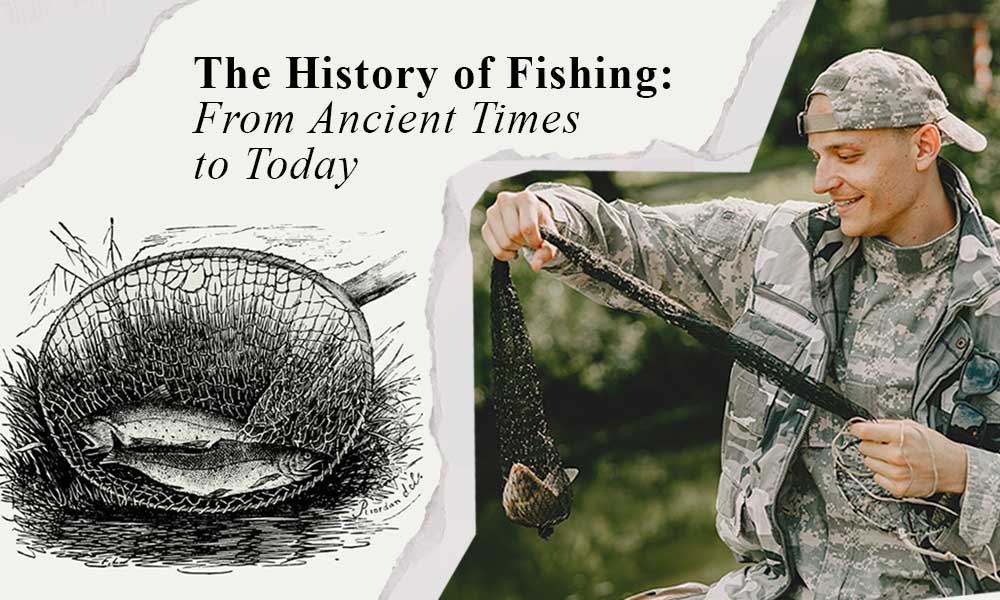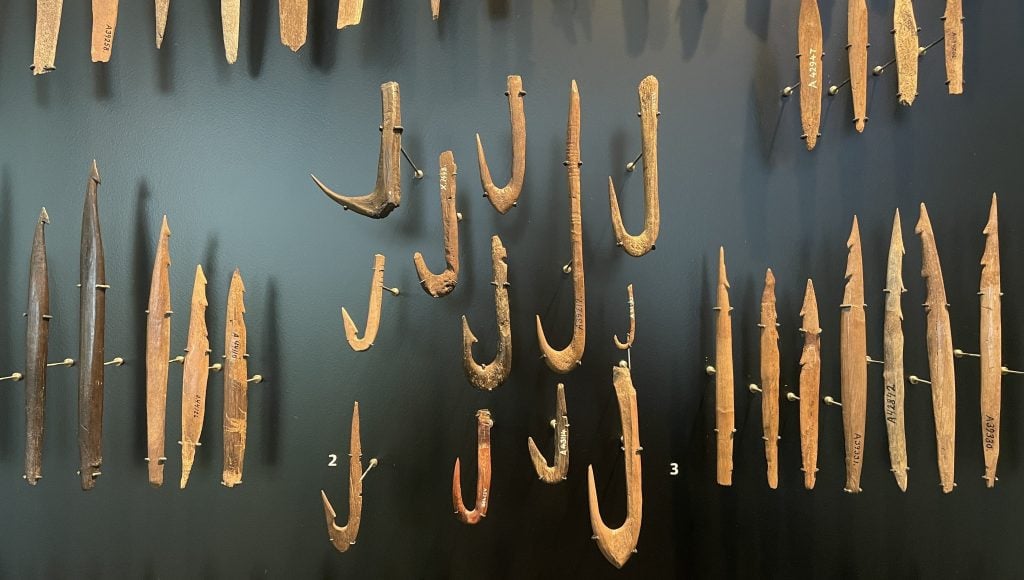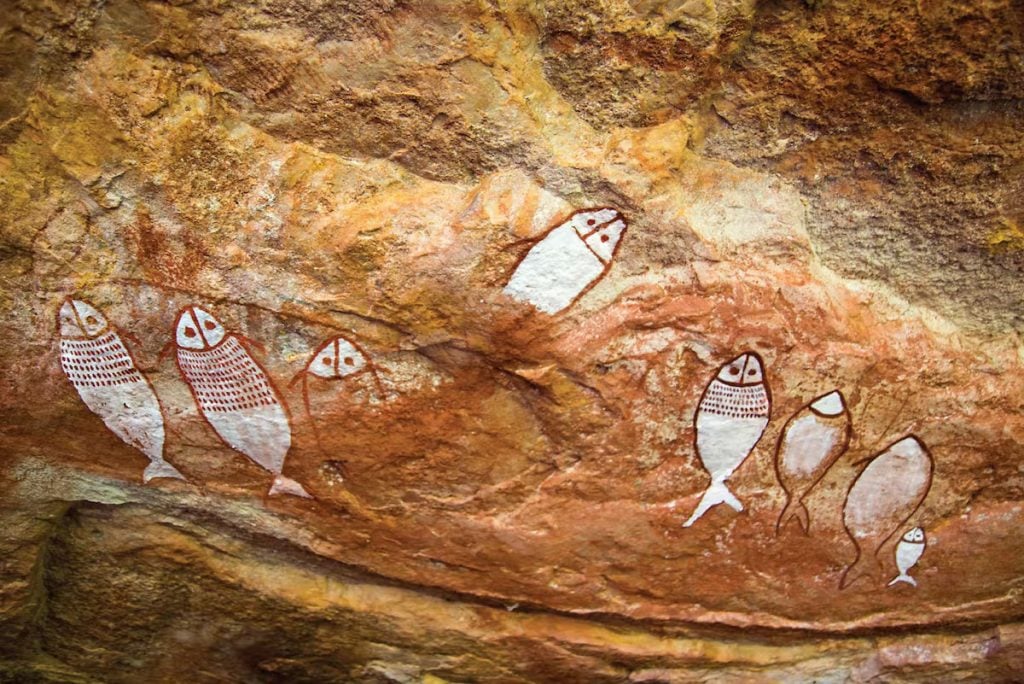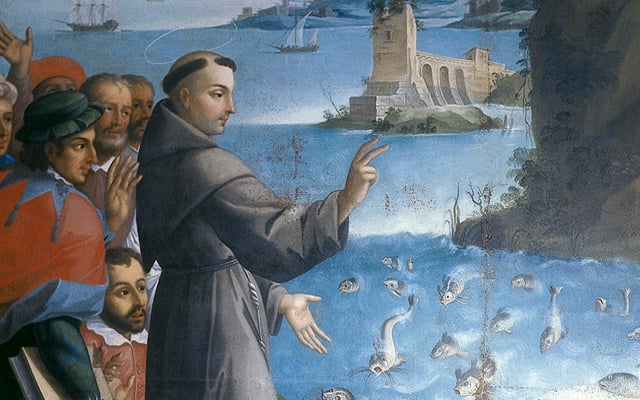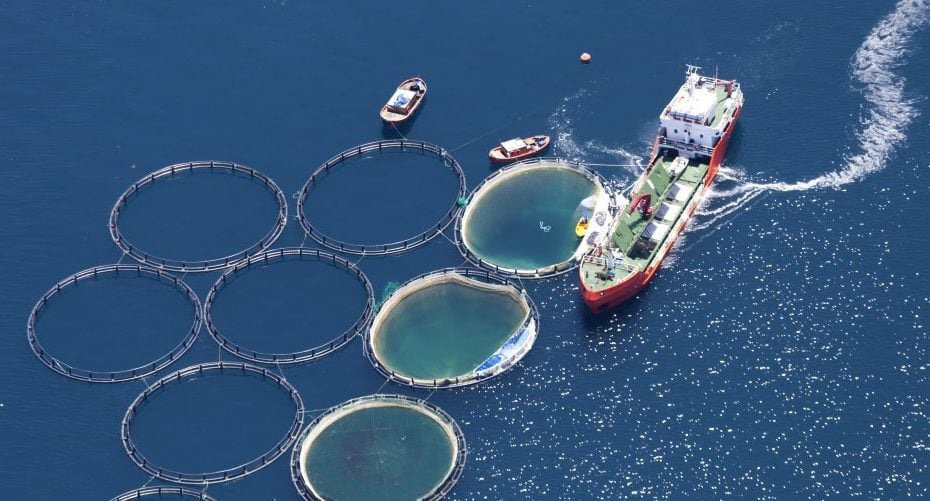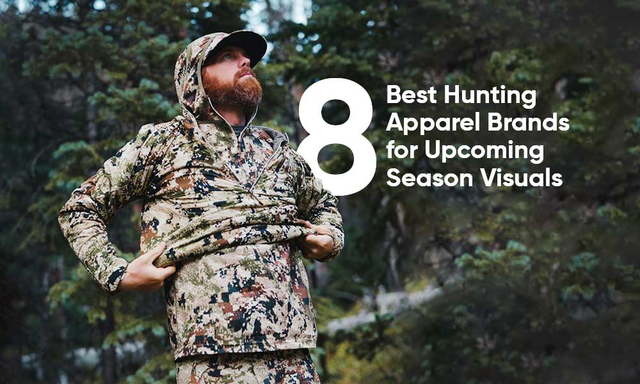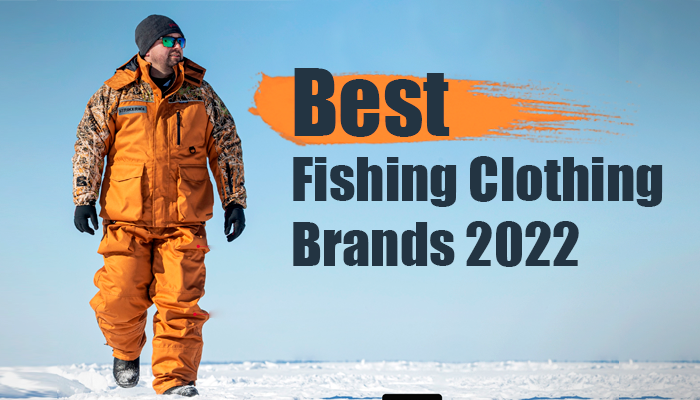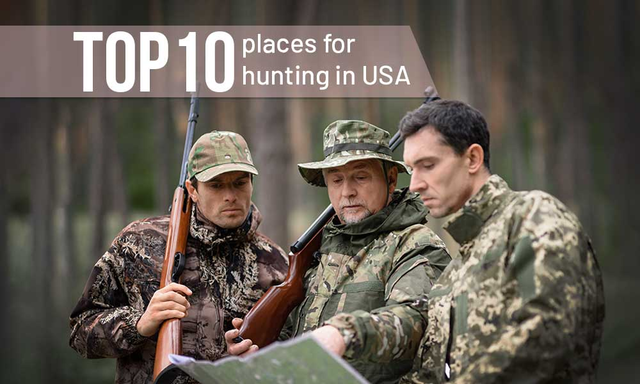Last Updated on
Science tells us that life on Earth began in water. However, the very appearance of terrestrial species is not the only thing we owe to the water. Throughout millions of years, it has been providing food for its former habitants and, eventually, humans. The practice of fishing has been accompanying modern people since their early days. Fish and other aquatic creatures were a prominent source of sustenance and handy materials for making tools and clothing. Fishing never lost its relevance (unlike its distant relative hunting), and there are a few reasons for it.
In this article, we elaborate on the history of fishing and its place in human culture. We discuss the earliest evidence of fishing, the advancement of fishing technologies throughout human history, the current state of affairs, and the issues that the modern fishing industry and marine life experience. Have fishing methods changed significantly throughout the years? How come this horn of plenty supplied people with much more than mere food and materials? All the answers are right on this page.
Table of Contents
Ancient Times
The Middle Ages
Medieval Advancements
Fishing and Religion
The Modern Era
The Advent of the Industrial Revolution
Fishing as a Leisure Activity
Current Issues and Challenges
Problems We Have to Recognize
The Means of Redemption
Conclusion
Ancient Times
Fishing hasn’t always been a part of human life. There was a time when humans lived by simply collecting things they came across in nature. However, once they moved from unplanned gathering to systematic food securement, fishing showed its fins. In the beginning, the same tools and weapons were used for hunting and fishing. For that reason, it is often difficult to identify certain artifacts as exclusively fishing tools that could indicate the prominence of fishing in the lives of early humans.
It is believed that the first fishing attempts were those of Neanderthal men who didn’t use any tools, catching fish with bare hands instead. As you can assume, there is no practical evidence of this, only numerous primeval sites located near rivers where fish could be cornered to rock barriers and caught with hands. More prominent evidence dates back to 50 000 – 40 000 years ago. That was when equipment made of wood, bone, and horn replaced stone-made tools. Archeologists found indented pieces of bones and horns dating back to that period that were supposedly used for hunting and fishing.
The traditional-looking ancient fishing hooks appeared in the Maglemose period, around 9 000 – 6 000 BC. They lacked barbs but featured a button-like widening at the end for line fixing. Nets made from willow and lime-tree bast with stone sinkers, floats made of pine wood and birch bark, and improved harpoons were already used by fishermen somewhere between 8 000 – 5 000 BC.
Tools aren’t the only trustworthy archeological evidence of the importance of fishing in the life of ancient humans. Paintings and carvings that usually depicted game animals occasionally featured fish, allegedly salmon and trout. Mounds of mollusk shells and fishbones found along the coasts of the Atlantic are testimony to the same idea. The presence of bones of fish usually found further from the shore gives grounds to think that fishing from boats also existed at that time. The fact that the earliest paddles excavated date back to the Middle Stone Age, around 8 000 BC – 5 000 BC, only supports this claim.
The importance of fishing wasn’t identical in different regions. For nomads, fishing wasn’t that relevant. Once prominent settlements began to arise, fishing became a crucial aspect of people’s lives. The fact that early human societies preferred to settle near bodies of water supports this idea. Such ancient civilizations as the Egyptians, Greeks, Romans, Macedonians, and Chinese all have left written records on ancient fish-catching methods. Fishing encouraged people to invent new tools and techniques, helping progress and bolstering people’s ingenuity. Once trading relationships were established, fish and seafood became exchangeable goods. Given that it remains a reliable source of food, fishing has been an essential part of human history. Of all three ancient methods of acquiring food, only fishing didn’t lose its relevance after the advancement of agriculture and livestock farming.

The Middle Ages
The period of the Middle Ages spans from approximately the 5th century to the late 15th century. It began with the fall of the Western Roman Empire and ended with the Age of Discovery. Though the time gap between ancient and medieval times is quite formidable, there is little information on the status of fishing at that time. The period is exclusively applicable to the history of Europe, so we’ll cover the changes in European fishing scene of the time.
Medieval Advancements
No particularly new methods of fishing were introduced within the last couple of thousand years. Even fishing rods, which weren’t the original tools for fishing, were already in use in Egypt in 2 000 BC. Fishing nets, traps, and lines were invented even earlier than that. What people did was not inventing but improving. Materials changed for sturdier ones, and designs were becoming more and more complicated.
Fishing rods, together with fishing hooks, underwent several considerable improvements. Hooks had their form changed to a more efficient, sharply curved one that modern anglers use. Rods began to feature guides through which fishing lines could be fed. This novelty allowed for more secure mounting of fishing lines that used to have only one point of contact with the rod. Another major change was in length and configuration. By the end of the 15th century, rods became longer and more durable. Multi-section collapsible rods also appeared.
The technological advancements of the high Middle Ages brought new techniques of boatbuilding and on-sea navigation. That allowed fishermen to venture further into the sea where larger schools of fish dwelled. Larger fishnets were then mandatory to increase the catch volume. The increased number of fish caught encouraged the advancement of new preservation techniques.
Fishing and Religion
Christianity was a big deal in Medieval Europe, to the point of being a dominating institution that dictated to people the rules of life. Monarchs derived power from alliances with the Church and vows to protect it. The Church was also free from taxation (mostly), which allowed it to accumulate money and power. Monasteries weren’t only the place of learning but also important centers of economic activity.
One of the tools that the Church used to control people was introducing bans and taboos. No part of human life was exempt from it, including diet. The Church prescribed abstinence from meat on Fridays to commemorate the sacrifice of Jesus. This practice was established quite early, but gradually the number of fastening days grew. At some point, people were to fast on Wednesdays, Fridays, Saturdays, the days of Advent and Lent, and other holy days. According to historians’ estimates, medieval Europeans fasted about 40 percent of the year. As you can imagine, this couldn’t but shape what we now call the fishing industry. Fishing reels, now vital components of the rod assembly, were not in wide use until the second half of the 17th century.
Fish was a natural solution for people who were banned from consuming the meat of warm-blooded animals. The demand for fish was ever prominent. That encouraged people to pursue fishing. And it wasn’t only about catching fish in natural bodies of water. People began to create fisheries, with the first examples dating back to eleventh-century France. But even before this time, the focus was both on consumption and commercial fishing. The surplus of fish was initially sold to local townsfolk. With time, people ventured to sell fish in more distant cities. Fish markets were an integral element of the rise of an early exchange sector. All that would have developed at a much lower pace but for the encouragement of the Church.

The Modern Era
The Modern Era took the place of the Middle Ages. This period is not as extensive, but it witnessed rapid advancements in many spheres of life. We still live in this age, and the difference between life 400 years ago and now is jaw-dropping. The period applies to Western history in general, so much of what is said here is relevant to the USA.
The Advent of the Industrial Revolution
Just like religion used to govern lives in the Middle Ages, the Industrial Revolution defined the way people lived from the middle of the 18th century. Technological advancements of the Industrial Revolution shaped the world we live in today. Every sphere underwent changes, especially production industries. The fishing industry benefited greatly from new inventions, but the ramifications were also numerous.
The most significant change in the fishing industry was from schooners to steamboats. Before steam engines came into being, schooners were the primary type of vessel. Unsurprisingly, steamboats were much faster. Loaded with mechanized equipment, they brought a significant increase in the supply of fish which, in turn, spurred the advancement of catching and processing techniques. As a result of the Industrial Revolution, such features as preservation methods (refrigeration be blessed), quality control, and enhanced transportability received a major boost. However, the economic impact was the most significant contribution. Industrialized fisheries created many job opportunities, generated wealth, and contributed to domestic and foreign exchange earnings. Fishing became much more efficient. Too efficient, as you’ll soon find out.

Fishing as a Leisure Activity
It wouldn’t be appropriate to say that recreational fishing became prominent a hundred or two years ago. Fishing rods and tackle, even if self-made, have always been available, and the only thing people needed was a place to fish. Fishing is often compared to hunting in that regard, but the fates of those two activities are not particularly similar. Hunting stopped being a vital source of sustenance once animal breeding was introduced. The fact that fewer people needed to hunt allowed this activity to eventually become a sport for the nobility, the selected few, if you may. Fishing, on the other hand, has been an indispensable source of food. It was also considered the lot of the lower class for a long time. With that being said, all the aspects of fishing that make it a leisurely activity have always been there. Nothing stopped people from enjoying fishing for food. Other than the perspective of going to bed hungry.
While pinpointing the exact moment when sport fishing emerged is impossible, one milestone stands out. Big game fishing was never done for leisure simply because people had no access to the open sea. And then, they did. In the 1800s, a group of angling enthusiasts set out on a journey to develop tackle and fishing techniques adequate for catching big game fish. Fishing has always had a competitive element to it, but once big game fish came into play, it morphed into a standalone branch.
The sport fishing tournaments, also known as derbies, appeared in the late 1930s. The rules of the derby are simple: anglers compete with each other in the amount and quality of fish caught. Each catch is assessed and scored, sometimes accounting for the quality and characteristics of the fishing gear involved.
Current Issues and Challenges
Fishing today is a gigantic industry that feeds billions of mouths. However, it suffers from several major issues that bring harm to both the environment and humanity. Those problems aren’t left unaddressed, but the efforts needed to make the fishing industry sustainable are immense.
Problems We Have to Recognize
The economic benefits of the galloping fishing industry didn’t come without a price. In addition to common ramifications connected to increased fossil fuel consumption, fish populations suffered from excessive and uncontrolled catching. It was commonly considered that certain types of fish caught for commercial purposes were resilient to overfishing and could quickly restore their populations without assistance. That was true until it wasn’t.
The focus of fishing equipment engineers was primarily on increasing the volume of catch, and many issues arose from it. The major one was that fishing nets trapped baby fish that weren’t suitable for sale, but because of the nature of net fishing they couldn’t be discovered until it was too late. By reducing the population of fish that could grow and reproduce, fisheries caused the depletion of fish stocks.
Bycatch was another consequence of imperfect fishing solutions. Gillnets and bottom trawls caught everything in their way, including fish and animals not originally targeted by fisheries. By-catches were discarded the same way as juveniles.
Industrialized fisheries caused many workers in non-industrialized fisheries to lose their jobs. The trawlers depleted the fishing grounds of small coastal fisheries, depriving people of the opportunity to fish.
In short, unsupervised fishing caused nothing less than an environmental catastrophe that affected both nature and industry. The scarcity of fish populations reduced the volume and quality of the catch. One by one, many industrialized fisheries closed. That failure of scientists and managers to cooperate now serves as a fair warning.
The Means of Redemption
It took some time for people to come to their senses but later is better than never. The problems that tortured the industry and environment a few decades ago are nowhere near disappearing. However, the cumulative effort of responsible industry decision-makers and eco-activists helped make up for at least a fraction of the damage. Since simple solutions like outlawing are impossible, more thought-through initiatives had to be introduced.
Since leisure fishing poses no threat to populations, there is nothing regular anglers should change about their practices. The problem of overfishing and bycatch was caused by industrial fisheries and only they can make up for the damage the industry caused. The principle of sustainability lies in the core of solutions to existing problems.
The lesson of uncontrolled fishing has been learned. Today, fisheries are restricted by quotas, bag limits, off-seasons, and size limits. All major fisheries are shifting away from gill nets, known for their higher risks of bycatching. However, such nets are still in active use in less developed countries.
Another initiative is creating protective areas of the oceans and seas for marine species conservation. Many national parks and conservation zones protect natural habitats and migration paths of aquatic creatures. Those zones allow fish populations to recuperate, protecting them and other water dwellers from overfishing and bycatch.
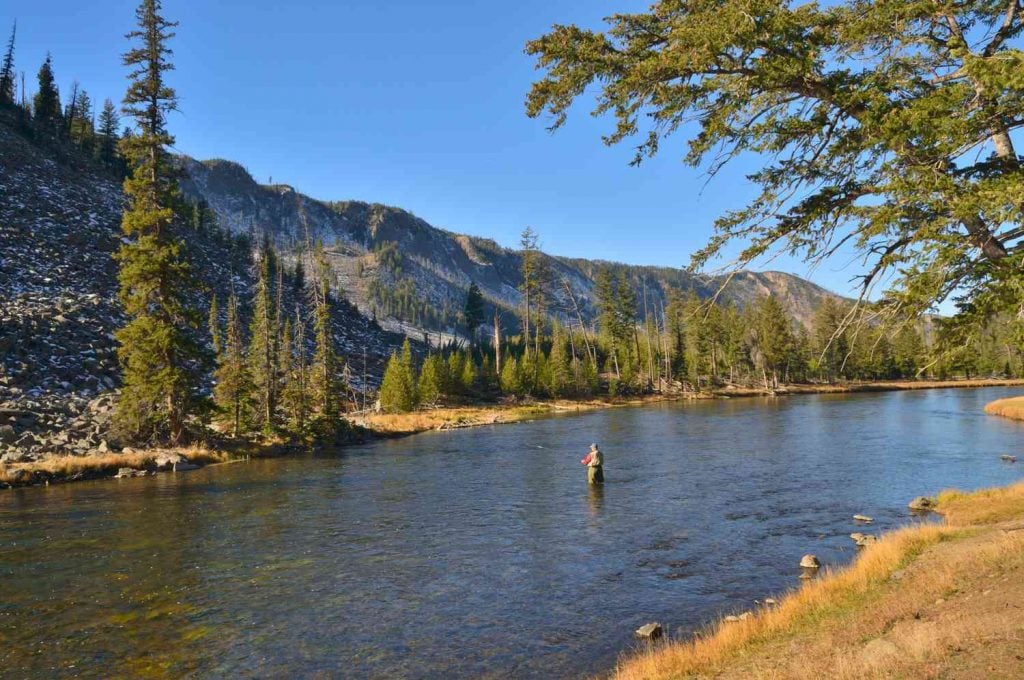
Conclusion
Fishing has been accompanying people on every step of their evolution journey. From the primeval bone hooks to multi-section fiberglass rods, its attributes illustrate the different stages of human inventiveness. Fishing was supported by the Church and benefited from the Industrial Revolution. The latter increased the volume of fish and related resources but caused significant damage to the environment. It is in our power to restore the balance and make sure that sustainability prevails over the thirst for money.
If you want to learn more about how to fish with a rod and reel, follow this link to read our guide to the most common fishing techniques.
